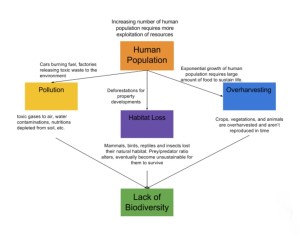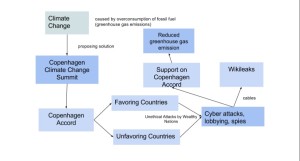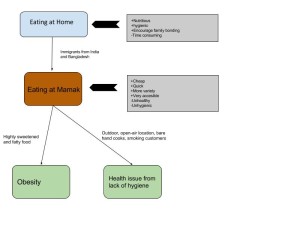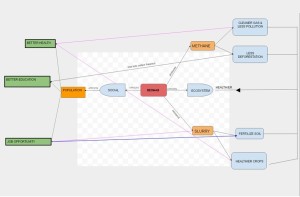- The United States is home to more than 50 National Parks and hundreds of state parks around the country. They are travelers’ paradise, and they vary in natural features such as the mountains in Wyoming and Colorado, deserts in Utah, and swamp forests in Florida. If you have visited one or more, explain the biodiversity there compared to your hometown/the place you currently live in in 200-250 words.
I have been to several national parks but my favorite was the Acadia National Park in Maine. The park is an island off the coast of Maine-making it rich in biodiversity simply for its geographical location. It has its own beaches, shorelines, forests, lakes, mountains and wetlands all within its 74 miles wonderland. Compared to State College, the park definitely outnumber us in types of animals and plants. They have 338 species of just birds, while also home to 37 small mammals, 33 fishes, and also various marine invertebrates and insects. I think it is quite obvious that the reason of higher biodiversity at the park is the relatively lack of human-nature interaction like we experience in State College, particularly in urban development. This allow the nature to continue its course to serve as the natural habitat for the flora and fauna there without unnatural interruption. The park’s location also contributes largely to the cause. With its multiple ecosystem there, many species of animals could inhabit the habitat. The size of these habitats and their separation from other habitats or larger natural habitats limits the types of animals that are found there. Small animals adapted to smaller habitats are therefore more common, unlike the large mammals such as black bears and moose that require large areas and are rarely observed. The balanced ecosystem interaction with human ensures the sustainability of these natural landscapes.
Resources:
https://www.nps.gov/acad/learn/nature/naturalfeaturesandecosystems.htm
https://www.nps.gov/acad/learn/nature/species-list.htm
- Using a diagram system diagram, show how a biodiversity hazard can occur that can be caused by the HIPPO factors. Elaborate on the diagram in not more than 200 words.
My diagram aims to show how the HIPPO causes act as threats to diversity. I think that human population plays an important role in leading the other 3 causes. The increasing number of human populating our planet requires us to have more shelters. To do this, we need to explore new lands, mostly done by deforesting new areas to make way for property developments. As these areas grow in their functionalities, they grow in size too-and the cycles continues. This will cost large area of habitat loss for many species of animals and plants. To support this growth, we need sufficient food too. So, human over harvest plants and animals to serve our need for nutrients. Another side effect of a growing population is pollution. As more people uses natural resources, more byproducts are produced. Even though technology have advanced, many of these byproducts are not easily biodegradable, thus they leave a bad footprints to the environment. As we look at these factors, take a minute to think; Are we the Invasive Species?




